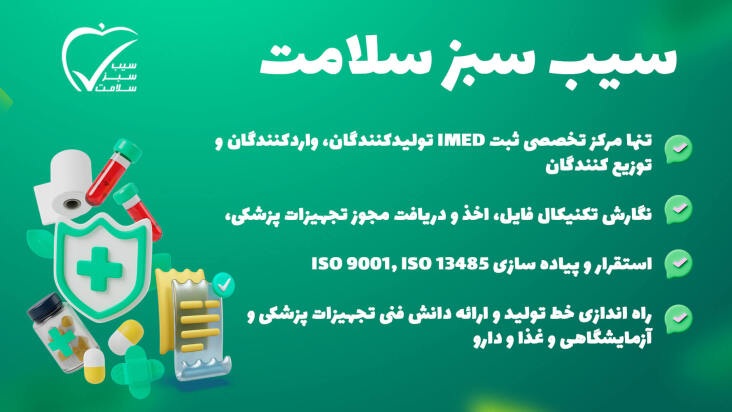The medical device industry is a critical and vital sector that plays a fundamental role in ensuring public health. Companies manufacturing medical devices contribute to improving healthcare conditions in countries by providing high-quality products that comply with global standards. In this article, we will explore how to establish a medical device manufacturing company, the machinery required, the production of specific products such as IV sets and disposable equipment, and the process of obtaining necessary permits.
seven main stages of medical device
فهرست مطالب
Medical Equipment Manufacturing Company
Establishing a medical equipment manufacturing company requires meticulous planning and significant investment. These companies are responsible for producing and supplying medical equipment to hospitals, clinics, and healthcare centers. The first step in this process is selecting the type of medical equipment to be produced, which may include consumables such as IV sets and sterile gauze, or complex devices like heart monitors, dialysis machines, and ventilators.
One of the advantages of this industry is the constant demand for medical and healthcare products. With population growth and the increasing need for medical care, this sector is continuously expanding. Manufacturing companies, leveraging technical expertise and advanced technologies, can capture a significant share of the domestic and international markets.
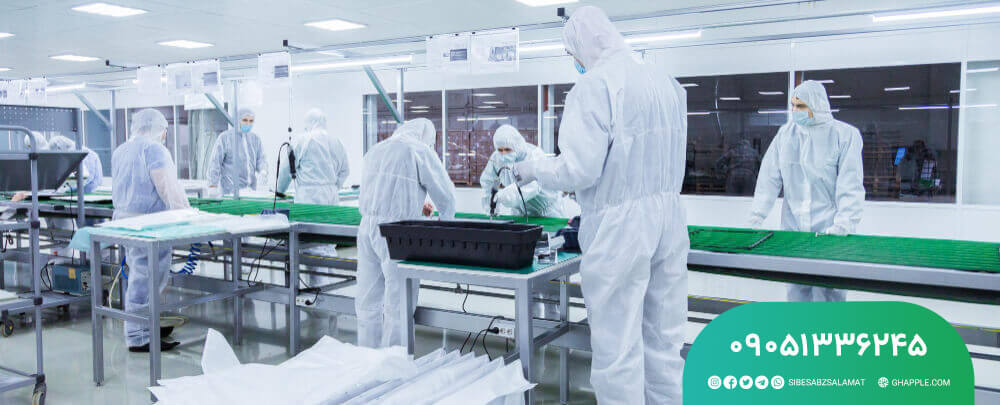
Medical Equipment Manufacturing Process
The process of manufacturing medical equipment involves several stages, from design to production and quality control. In the design phase, market needs and technical specifications are determined. During production, raw materials are sourced and transformed into finished products. The quality control phase involves rigorous testing to ensure compliance with quality standards. These processes must be carried out with precision and under strict supervision to ensure the equipment performs optimally. Below are the main stages of medical equipment manufacturing:
Research and Development (R&D) Market needs and medical challenges are identified. Initial ideas for equipment design are developed, involving conceptual design, preliminary testing, and simulations to evaluate performance.
Design and Engineering The initial concept is transformed into a detailed technical design. This includes selecting appropriate materials, designing mechanical and electrical components, and planning required software. Compliance with medical and safety standards, such as ISO 13485 and FDA regulations, is essential.
Prototype Production Prototypes are created to evaluate performance and identify potential issues. Extensive testing, including performance and safety tests, is conducted on these prototypes.
Regulatory Approvals and Standards To market the equipment, it must be approved by regulatory authorities. Manufacturers submit comprehensive product documentation, and the equipment undergoes rigorous safety and performance testing to obtain certifications such as test reports, manufacturing licenses, and technical files.
Industrial-Scale Production Once approvals and tests are successful, large-scale production begins. The quality of raw materials, production processes, and packaging is closely monitored to ensure consistency and product quality.
Quality Control Finished products undergo thorough testing, including physical, chemical, and performance tests, to ensure compliance with standards and regulations.
Packaging and Sterilization Medical equipment is typically packaged in sterile conditions to prevent contamination and infection risks. Sterilization methods such as radiation, heat, or chemical processes are used.
Distribution and Marketing After production and packaging, the equipment is distributed to the market. Distributors ensure proper storage and transportation conditions. Marketing campaigns are conducted to inform doctors and hospitals about the equipment’s features and benefits.
After-Sales Services and Support Manufacturers provide after-sales services, including equipment maintenance, spare parts supply, and software updates.
These stages aim to ensure the quality and safety of medical equipment, enabling their reliable use in various medical applications.
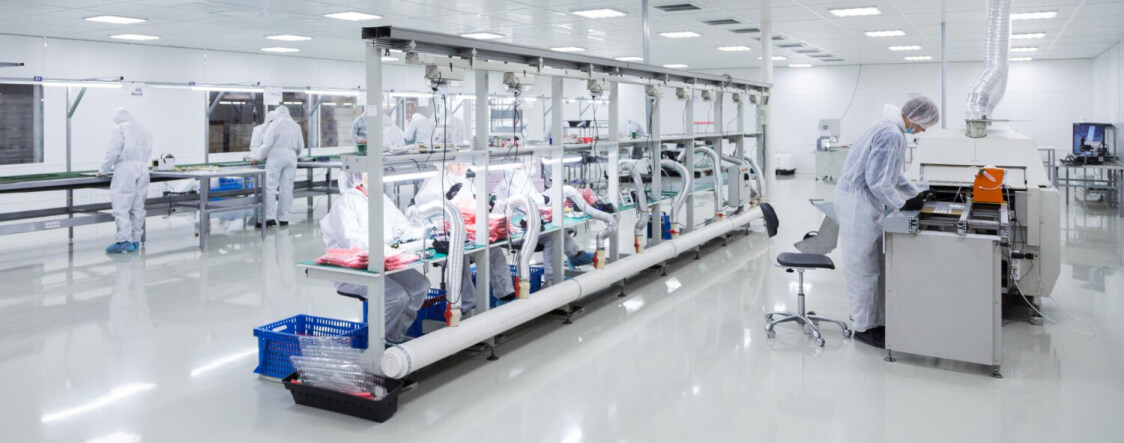
Medical Equipment Manufacturing Machinery
A critical aspect of establishing a medical equipment manufacturing company is selecting and purchasing suitable machinery. The type of machinery depends on the products being manufactured. For instance, producing disposable equipment requires injection molding machines, sterile packaging machines, and quality testing equipment. Machinery must meet international standards to ensure product
quality and safety. Common machinery in this industry includes:
Injection Molding Machines: Used to produce plastic components for medical equipment like syringes and catheters.
Packaging and Sterilization Machines: Essential for packaging equipment and maintaining sterility.
Laser Cutting and Welding Machines: Used for precise manufacturing of sensitive medical equipment components.
Quality Control Machines: Used to test the strength, performance accuracy, and safety of final products.
Using advanced and automated machinery not only increases production speed but also reduces labor costs and enhances product quality.
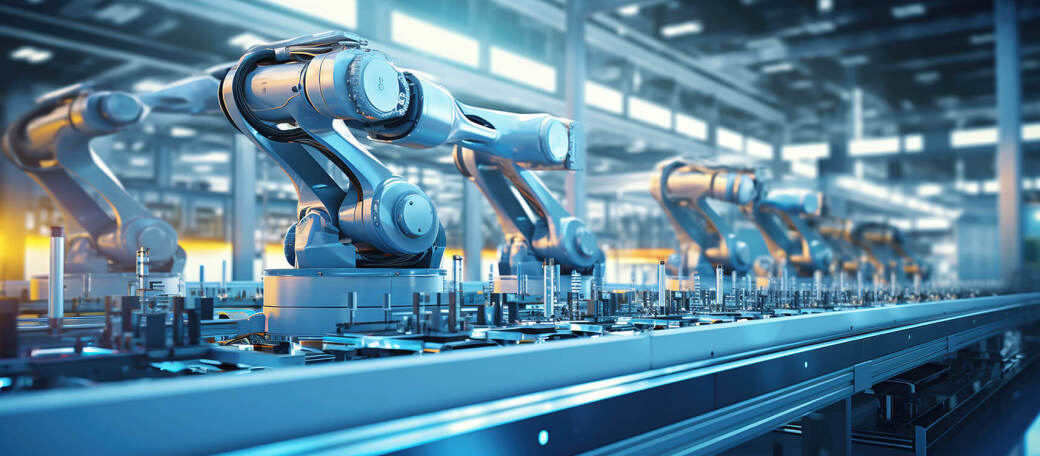
Capital Required for Medical Equipment Manufacturing
The capital needed to establish a medical equipment production line depends on several factors, including the type of product, production scale, and technology level. Generally, the required capital can be categorized as follows:
Infrastructure Costs: Renting or purchasing a facility (minimum 200 square meters for disposable equipment production), costing between 500 million to several billion IRR, depending on the location.
Machinery Costs: For producing disposable items like syringes or masks, initial investment ranges from 1 to 5 billion IRR.
Raw Material Costs: Medical-grade plastics and biocompatible metals cost approximately 100 to 500 million IRR per month, depending on production volume.
Labor Costs: Hiring skilled technicians, engineers, and workers costs around 50 to 200 million IRR per month.
Licensing Costs: Obtaining standards like ISO 13485, permits from the Medical Equipment Directorate, and IRC codes.
For low-capital production, starting with assembly, packaging, or sterilization processes is recommended, as they require less initial investment. For example, setting up a surgical mask production line is feasible with approximately 1 to 2 billion IRR.
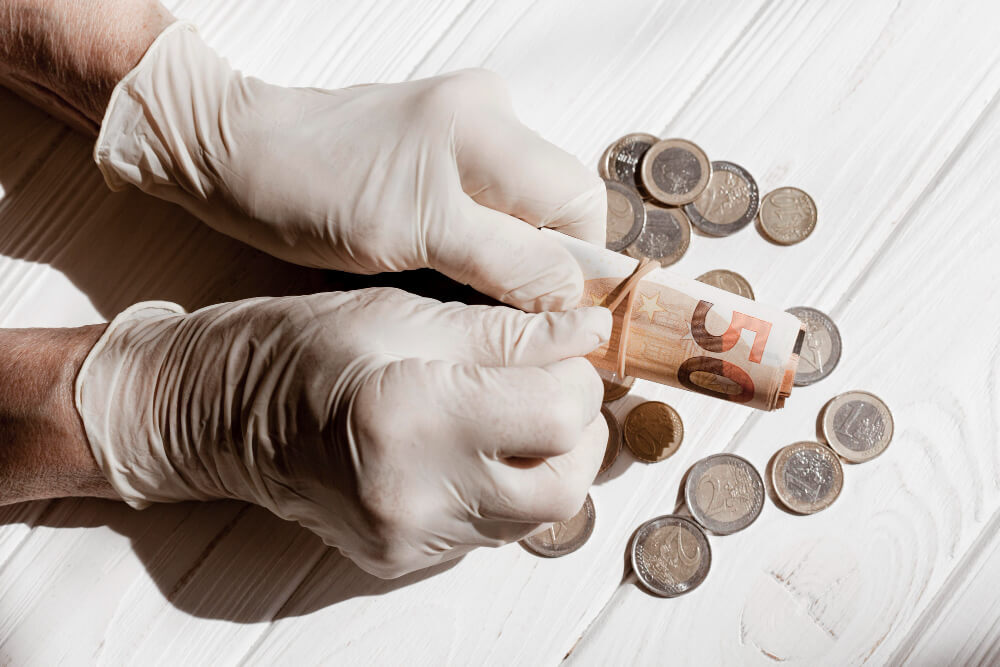
Disposable Medical Equipment Manufacturing
The production of disposable medical equipment is a vital and high-demand sector within the medical equipment industry. These products include syringes, masks, gloves, and various catheters. Disposable medical equipment is widely used globally to prevent the transmission of infections and diseases.
High-quality and hygienic raw materials are crucial for manufacturing disposable medical equipment. Medical-grade polymers, resistant to chemical and biological factors, are commonly used. Essential machinery includes injection molding machines, ultrasonic welding machines, and sterilization equipment.
Quality control is critical in this sector, as any defect or contamination can pose serious risks to patients. The sterilization and packaging processes must be meticulously executed to ensure the final products are free from contamination and defects when delivered to the market.
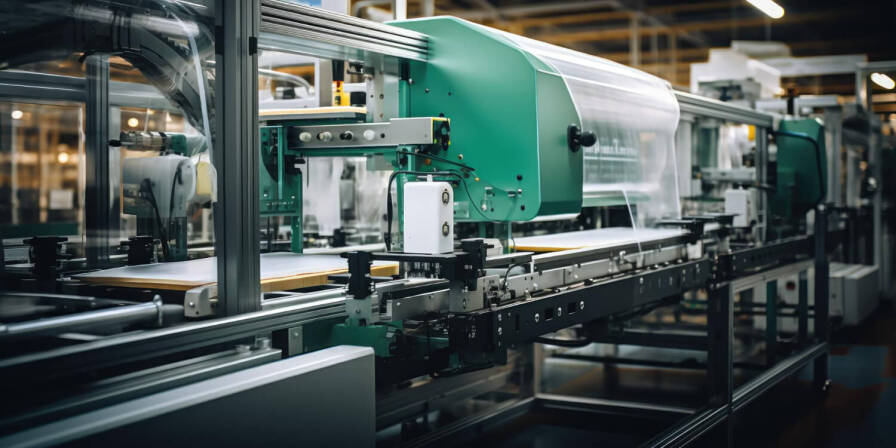
Prices of Medical Equipment Manufacturing Machines
The price of machines for producing medical equipment varies based on the type, brand, and technology level. Below is a list of common machines and their price ranges:
Injection Molding Machine (for syringes and IV sets): 500 million to 3 billion IRR, depending on capacity and brand (Chinese, European, or Iranian).
Surgical Mask Production Machine: 800 million to 2 billion IRR for semi-automatic to fully automatic lines.
Sterilization Machines: 200 million to 1 billion IRR, depending on capacity and technology (autoclave or ethylene oxide gas).
Sterile Packaging Machines: 300 million to 1.5 billion IRR.
Automated Assembly Lines: For more complex equipment, 2 to 10 billion IRR.
To reduce costs, second-hand or locally manufactured machines can be considered, but their quality and compliance with standards must be verified. Consulting with specialized companies for setting up production lines can help in selecting cost-effective machines.
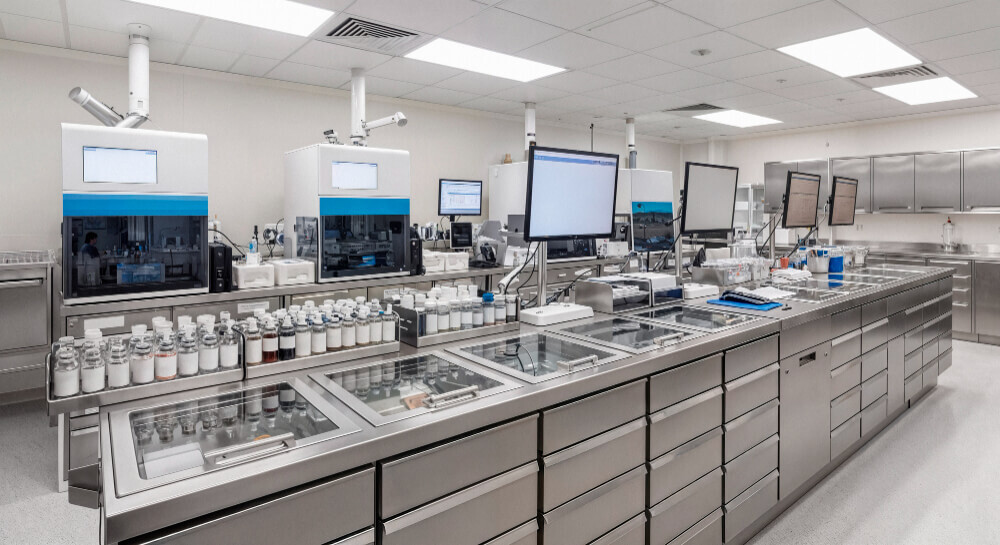
Prices of Medical Equipment Manufacturing Machines
The price of machines for producing medical equipment varies based on the type, brand, and technology level. Below is a list of common machines and their price ranges:
Injection Molding Machine (for syringes and IV sets): 500 million to 3 billion IRR, depending on capacity and brand (Chinese, European, or Iranian).
Surgical Mask Production Machine: 800 million to 2 billion IRR for semi-automatic to fully automatic lines.
Sterilization Machines: 200 million to 1 billion IRR, depending on capacity and technology (autoclave or ethylene oxide gas).
Sterile Packaging Machines: 300 million to 1.5 billion IRR.
Automated Assembly Lines: For more complex equipment, 2 to 10 billion IRR.
To reduce costs, second-hand or locally manufactured machines can be considered, but their quality and compliance with standards must be verified. Consulting with specialized companies for setting up production lines can help in selecting cost-effective machines.
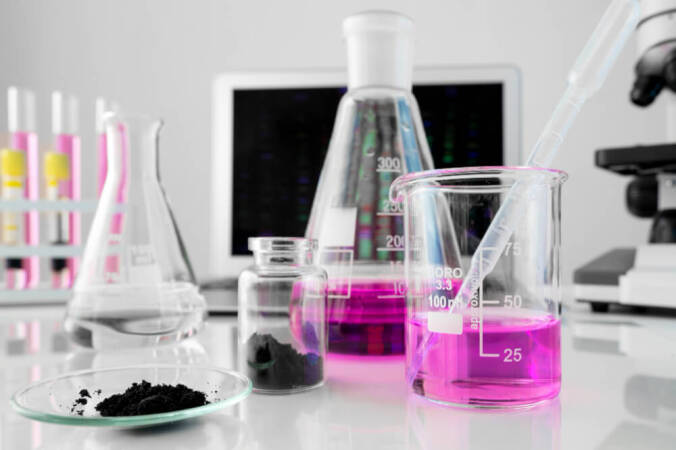
Serum kit production
One of the most widely used and essential products in the medical field is the serum kit. The production of serum kits requires high precision and compliance with specific hygiene standards. Serum kits include tubes, needles, and small reservoirs for injecting medicinal fluids or saline solutions into patients.
In the process of producing serum kits, the first step is to prepare raw materials, which are usually made of special, chemical-resistant plastics. These materials are then molded into tubes and other parts using plastic injection machines. After that, all parts are sterilized so that no contamination is transferred to the products.
Another important step in the production of serum kits is the packaging of the products. The packaging must be such that the sterility of the products is maintained until use. Vacuum packaging and sterilized packages are among the common methods in this field.
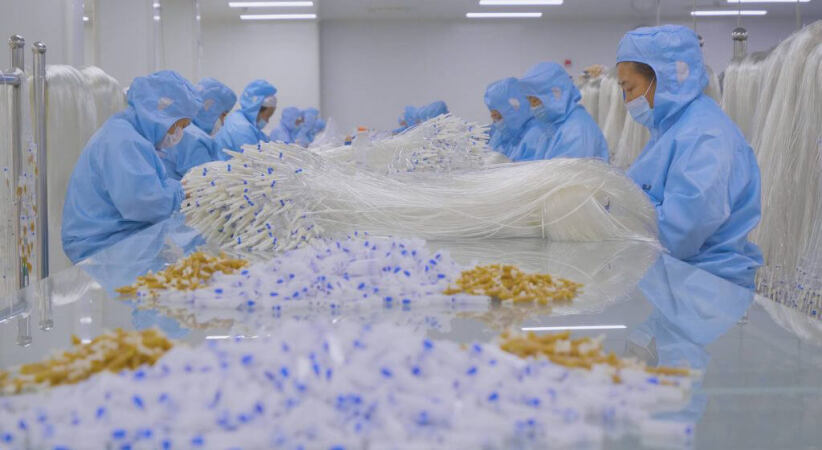
Obtaining a Medical Equipment Production License
One of the most important steps to enter the medical equipment production industry is obtaining the necessary licenses. Due to its high sensitivity and direct impact on patients' health, the production of medical equipment requires compliance with strict standards and regulations. To obtain a medical equipment production license in Iran, manufacturers must obtain the necessary approvals from various organizations such as the Ministry of Health and the Food and Drug Administration.
The steps to obtain a medical equipment production license include:
Writing a technical file
Implementing ISO 13485
Preparing a production line
Product test report
On-site inspection
Issuing a manufacturing license
Issuing an IRC
To start a medical equipment production company and obtain the necessary licenses, you can contact Sib Sabz Salamat experts.
